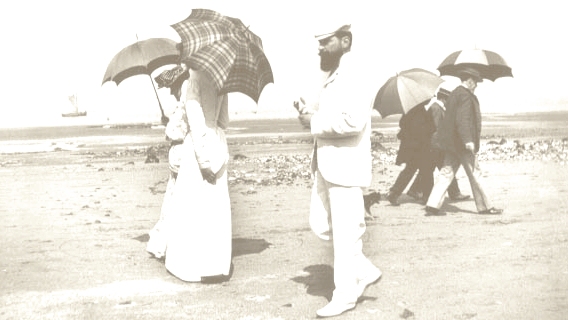Iron Age Europe exposes, more clearly than perhaps any other field of archaeological inquiry, to what degree modern interpretations of ancient gender are the products of our modern-day constructs of the male and female. A simple example is the distress caused archaeologists by the inclusion of drinking vessels in apparently female burials. In 1934, Jacobsthal was horrified at the suggestion that the Kleinaspergle burial might be female, thus exposing the ancient women of Swabia as lushes the equals of their Etruscan counterparts. It is in the same tone of horror that young scholars and excavators react today when asked about the possibility that a burial containing weapons might be female. Since the mere presence of weapons has led to the statistical resexing of anthropologically female skeletons as male, we should not be surprised by the attitude toward gender revealed in the preliminary publications of the ongoing Glauberg excavation.Constanze Maria Witt
Sex and Gender
Essays
Barbarians on the Greek Periphery?
Univ. Virginia
link path larkfarm thru wood s lot








